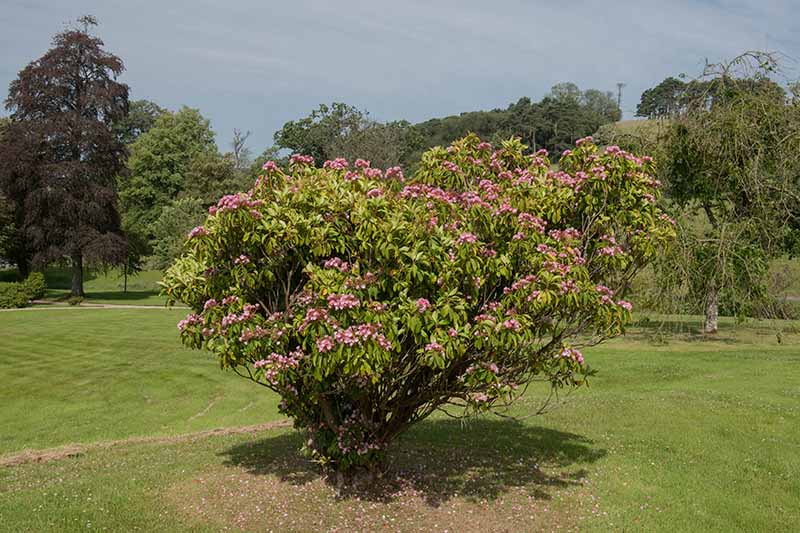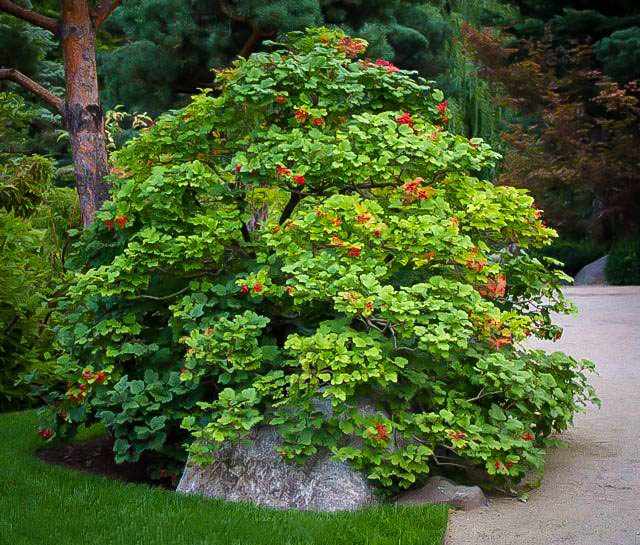Sonoran Desert Cacti: A Guide to the Most Common Species
The Sonoran Desert is a unique ecosystem that spans across parts of California, Arizona, and Mexico. One of the most iconic features of this desert is the abundance of cacti that thrive in its arid conditions. These cacti have adapted to survive in the harsh desert environment and have become an important part of the Sonoran Desert’s ecology.

There are over 30 species of cacti that can be found in the Sonoran Desert, each with its own unique characteristics and adaptations. Some of the most recognizable cacti include the saguaro, barrel, and prickly pear cactus. The saguaro cactus, in particular, has become a symbol of the American Southwest and can reach heights of up to 50 feet tall.
Despite their prickly exterior, cacti play an important role in the desert ecosystem. They provide shelter and food for a variety of animals, including birds and small mammals. Additionally, some cacti have medicinal properties and have been used by indigenous peoples for centuries. Overall, the cacti of the Sonoran Desert are a fascinating and integral part of this unique and beautiful ecosystem.
Diversity of Sonoran Desert Cacti
The Sonoran Desert is home to a diverse range of cacti, which have adapted to the harsh desert environment. These cacti are known for their unique characteristics, such as their ability to store water, their prickly spines, and their striking flowers. In this section, we will explore the diversity of Sonoran Desert cacti, including the Saguaro cactus and other prominent cacti.
Saguaro Cactus
The Saguaro cactus, also known as Carnegiea gigantea, is one of the most iconic cacti in the Sonoran Desert. This cactus can grow up to 40 feet tall and can live for over 150 years. The Saguaro cactus is found primarily in southern Arizona and Saguaro National Park. It is known for its distinctive shape, with arms that branch out from the main trunk. The Saguaro cactus produces red fruit and flowers in the late spring and early summer.
Other Prominent Cacti
In addition to the Saguaro cactus, there are several other prominent cacti in the Sonoran Desert. The Prickly Pear cactus, also known as Opuntia, is a common sight in the desert. This cactus has flat, paddle-shaped leaves and produces colorful flowers in the spring. The Barrel cactus, also known as Ferocactus, is another common cactus in the Sonoran Desert. This cactus is named for its barrel-like shape and produces yellow or red flowers in the spring.
The Organ Pipe cactus, also known as Stenocereus thurberi, is a tall cactus that can grow up to 20 feet tall. This cactus is named for its pipe-like shape and produces white flowers in the summer. The Pincushion cactus, also known as Mammillaria, is a small cactus that produces clusters of colorful flowers in the spring. The Teddy Bear Cholla, also known as Opuntia bigelovii, is a cactus with fuzzy spines that resemble teddy bear fur. The Jumping Cholla, also known as Cylindropuntia fulgida, is a cactus with spines that detach easily and “jump” onto unsuspecting passersby. The Hedgehog cactus, also known as Echinocereus, is a small cactus that produces bright pink flowers in the spring.
Overall, the diversity of Sonoran Desert cacti is impressive, with each species adapting to the harsh desert environment in its own unique way. These cacti are not only fascinating to look at but also play an important role in the desert ecosystem.
Ecology and Adaptations

Surviving the Desert Climate
Sonoran Desert cacti have adapted to survive in the harsh desert climate, where temperatures can reach up to 120°F during the day and drop to below freezing at night. They have developed several adaptations to conserve water, such as having shallow roots that spread out to capture as much moisture as possible and storing water in their thick stems and pads.
These cacti also have adapted to the intense sunlight by having a waxy coating on their skin that reflects the sun’s rays and reduces water loss through transpiration. They also have spines that provide shade to the plant and protect it from predators.
Reproduction and Growth
Sonoran Desert cacti reproduce through flowering and produce fruits that are often edible. Some species have yellow flowers, while others have white flowers. These flowers attract pollinators such as birds and bees, which help to fertilize the plants.
Cacti grow slowly, with some species taking up to 15 years to reach maturity. They have ribs on their stems that allow them to expand and contract as they take in and release water. This growth pattern allows the cactus to survive extended periods of drought.
Cacti also have adapted to the desert’s sandy soil by having deep roots that can reach down to the water table. They also have a gel-like substance in their stems that can absorb water and nutrients when available.
Overall, Sonoran Desert cacti have developed a range of adaptations that allow them to survive in a harsh and unforgiving environment. These adaptations include water conservation, protection from predators, and slow growth patterns.


